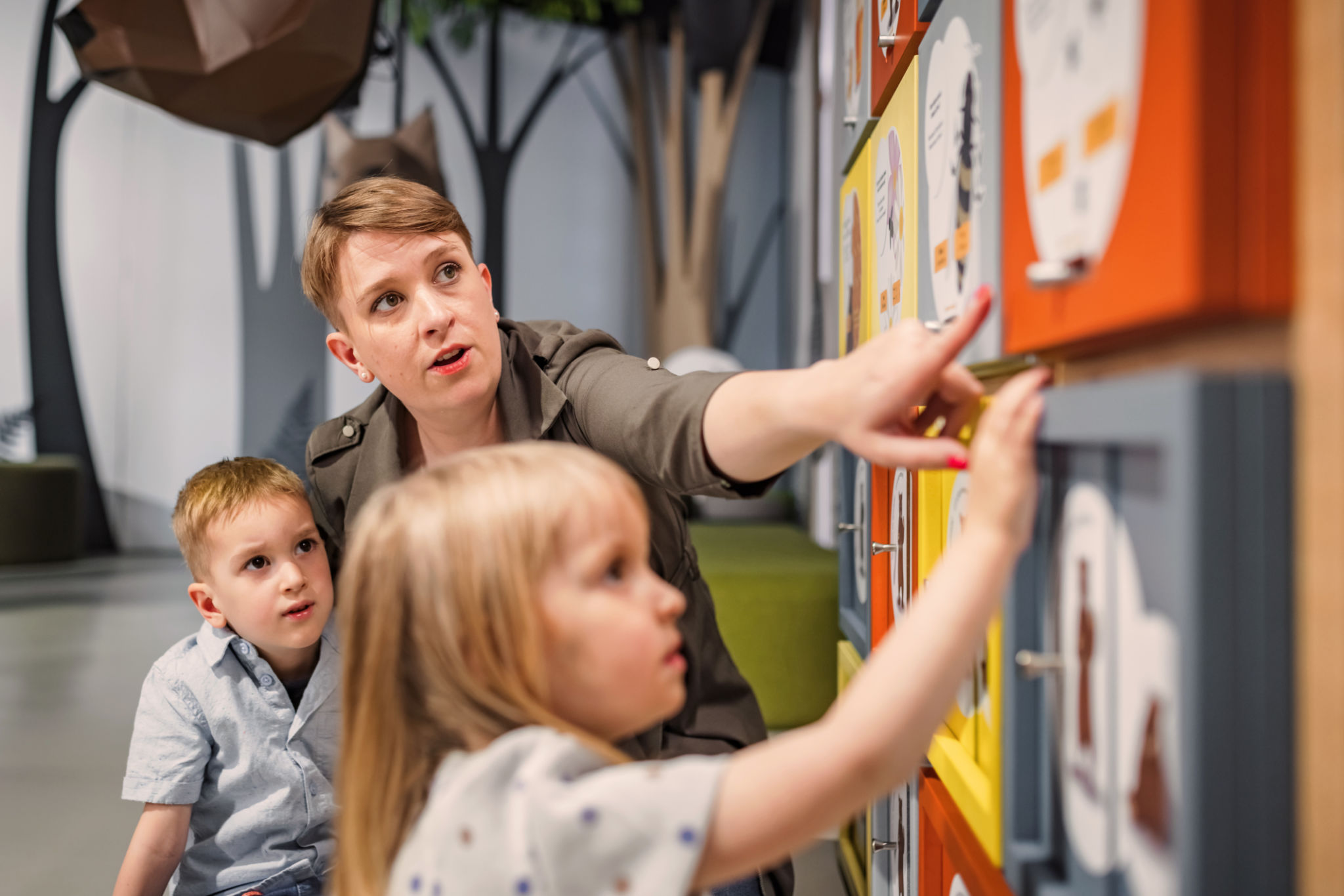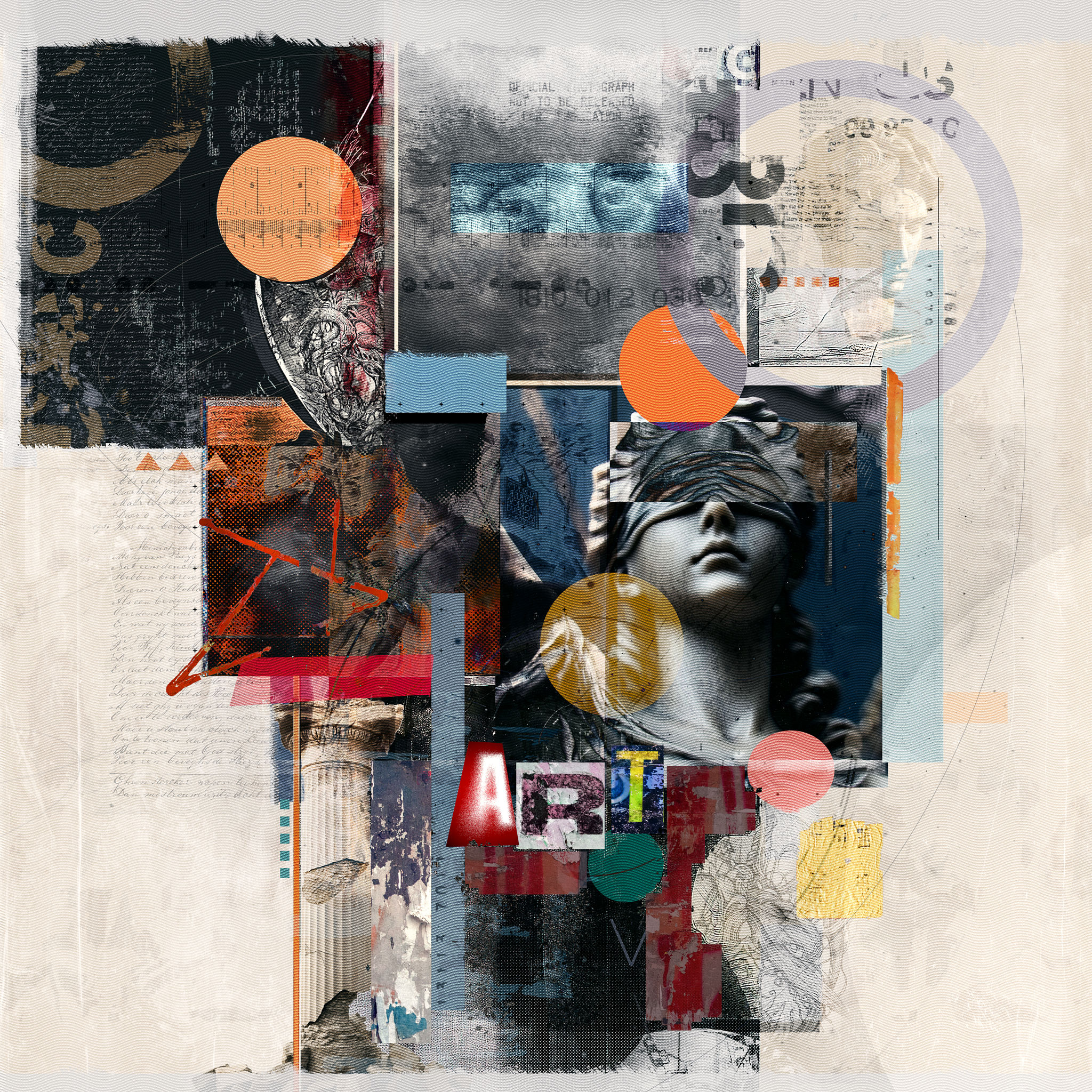Enhancing Visitor Experiences: Augmented Reality in Museums
Revolutionizing Museum Visits with Augmented Reality
In recent years, museums around the world have embraced technology to enhance visitor engagement. One of the most exciting advancements is the integration of Augmented Reality (AR) into museum exhibits. By overlaying digital information onto the real world, AR provides visitors with a more interactive and immersive experience, transforming how we perceive and interact with art, history, and science.

Bringing Exhibits to Life
AR allows museums to bring static exhibits to life. For instance, a simple scan of an artifact using a smartphone or AR headset can reveal detailed historical context, 3D reconstructions, or even animations that depict the object in its original setting. This dynamic presentation not only captivates audiences but also enhances their understanding of the exhibit.
Moreover, AR can provide layers of information that cater to different learning styles and interests. Whether visitors are casual observers or avid history buffs, AR can offer tailored content that enriches their museum experience.
Interactive Learning Opportunities
Augmented Reality transforms museums into interactive learning environments. By engaging multiple senses, AR encourages visitors to explore and interact with exhibits in new ways. For example, users can participate in virtual scavenger hunts, solve puzzles related to the exhibits, or even participate in historical reenactments through AR simulations.

This interactive approach not only makes learning more enjoyable but also more memorable. Visitors are more likely to retain information when they are actively involved in the learning process, making AR a valuable tool for educational institutions.
Accessing Hidden Stories
Museums often house more artifacts and stories than they can physically display. AR offers a solution by providing access to hidden stories and collections that might otherwise remain unseen. Through virtual exhibits, museums can showcase additional pieces without the constraints of physical space.
- Uncover lesser-known facts about famous artworks.
- Explore detailed artist biographies and their creative processes.
- Access behind-the-scenes footage of exhibit installations.

Enhancing Accessibility and Inclusivity
AR technology is also enhancing accessibility for museum visitors. Features such as audio descriptions, sign language interpretations, and customizable interfaces ensure that all guests, regardless of their physical abilities, can enjoy and learn from the exhibits.
By breaking down barriers to access, AR promotes inclusivity and ensures that museums remain welcoming spaces for diverse audiences.
The Future of Museums with AR
As technology continues to advance, the potential for AR in museums is limitless. Future innovations could include even more personalized experiences, where AI-driven insights tailor content to individual preferences and learning styles. Additionally, as AR hardware becomes more affordable and widespread, we can expect an increase in its adoption across museums globally.

The integration of Augmented Reality is not just a trend; it's a transformative force reshaping how we experience culture and history. As museums continue to innovate with AR, visitors can look forward to richer, more engaging experiences that educate and inspire.